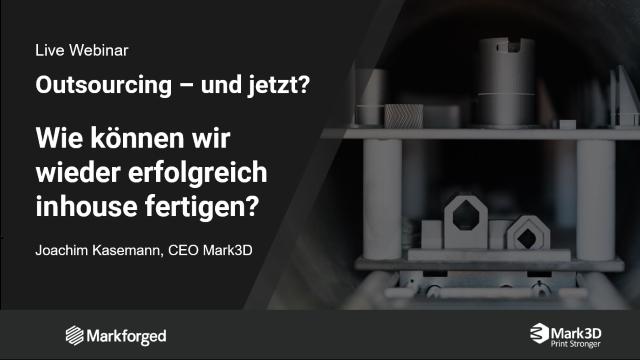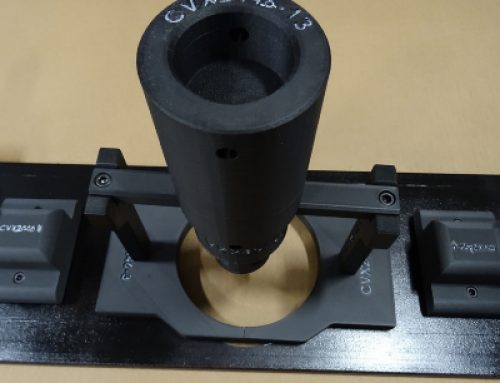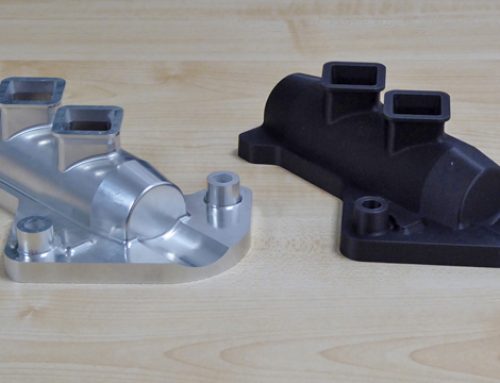
How 3D printing can help in the fight against the coronavirus
3D printing can help shorten the supply chain, but it is not a panacea
We are waging war against the coronavirus – COVID-19. In times of war, logistics and supply chains are critical to success – and ours are so tight that they're beginning to break. 3D printing – which some say is the solution to everything – can give manufacturers the flexibility and resources needed to respond to all possible eventualities.
In the past, armies brought mobile metalsmiths into battle to repair and resupply weapons and horses without having to rely on long and unreliable supply chains. Today, troops travel with mobile 3D printers. They create the parts they need on-site at mobile stations. The U.S. Marines, for example, use a metal 3D printer to produce vehicle and weapon parts in the Indo-Pacific region—a decision that frees up capacity.
We can apply the same principle in times of crisis or supply shortages. Manufacturers can harness the power of a distributed, digital 3D printing network to alleviate shortages of urgently needed medical devices and consumables that are out of stock.
However, the answer isn't to simply print everything. The greatest opportunity lies in using the modern 3D printer as a means to print the missing part, to quickly switch a production line from making perfume to hand sanitizer, to restart a stalled factory, or to produce the missing valve urgently needed for a ventilator.
For example, Ford and General Motors (GM) have indicated that they could potentially produce ventilators if needed. In such a situation, 3D printers could easily allow automakers to switch production lines to begin producing different parts and components, as opposed to what is typically produced on an automotive line.
Webinar “Outsourcing – what now?”
Given the increasing strain on international supply chains, shortening the supply chain may be essential. Additive manufacturing enables on-demand and just-in-time production. Interrupted supply chains can be bridged at short notice.
Using some practical customer examples, we will show you how companies have successfully integrated additive manufacturing into their business processes!

Supply Change Management
High volume compared to small batches
For decades, experts have pointed to 3D printing as a solution to our suppliers' problems. 3D printing extends from the automotive and aircraft industries to the mass production of toys in our homes. But this is all hype, not reality. Modern, conventional manufacturing is extremely good at producing large quantities of standardized and cost-effective parts. However, it quickly reaches its limits when responsive solutions are required. In times of war, responsiveness is the difference between life and death.
For example, Micro-X, an Australian manufacturer of X-ray machines, is using 3D printing to accelerate production of its portable, lightweight X-ray machines to meet increased orders from hospitals with coronavirus patients. Because Micro-X can rely on its 3D printers to produce lightweight parts, they can produce the required components much faster than traditional methods and scale to meet demand.
3D printing is more cost-effective than traditional small-batch manufacturing. This eliminates the distance between design and production, allowing manufacturers to print in just a few hours rather than relying on external suppliers who might take weeks to deliver two or three custom parts.
Above all, availability and flexibility, especially in the event of supply bottlenecks, far outweigh the cost factor in the event of unexpectedly high demand and low supply.
We need to be agile and flexible to win this war, and 3D printing is the most flexible tool we have—the digital forge we can bring to the front lines of the current battle. Ideas can be quickly turned into reality. It empowers organizations to think creatively and respond quickly. When integrated into cultures of innovation and problem-solving, it can unlock unlimited possibilities for development teams and create cost and time savings for any organization. And when we face a global crisis, we can rapidly test prototypes and create the tool a hospital needs—instantly.
Readiness means more than being ready for what you can see coming. It means having the flexibility and resources needed to meet whatever eventualities might arise next.
Request a DEMO component now!
See for yourself how strong the components are.










Leave A Comment